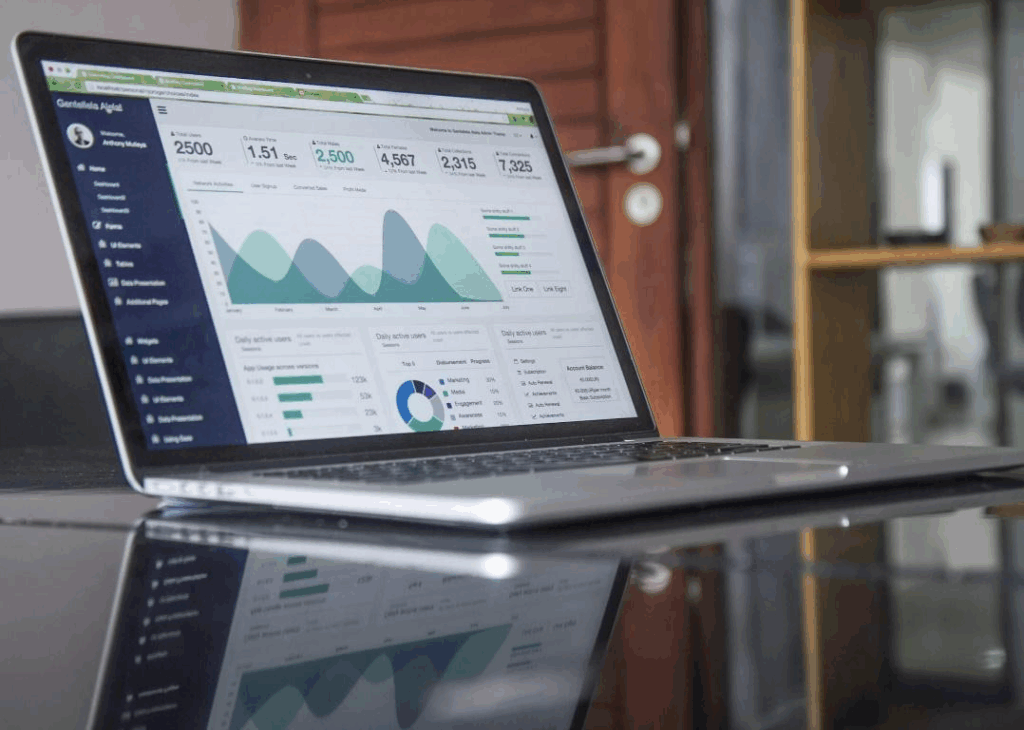
The modern world thrives on data. Every click, transaction, search query, and sensor reading contributes to the billions of data points generated every second. Yet, the sheer abundance of information is only valuable if it can be harnessed, interpreted, and transformed into actionable insight. This is where analytics has evolved, guiding humanity from the era of basic record-keeping to the age of predictive intelligence. The story of analytics is not just about technology; it is a narrative of human ambition to understand the unseen patterns that drive behavior, decision-making, and progress.
Analytics has matured through several distinct phases, shaped by advancements in computation, mathematics, and human curiosity. Initially, data served as a static record—numbers stored in ledgers or spreadsheets. Today, analytics functions as an intelligent ecosystem that not only answers questions but also anticipates them. The journey from raw data to refined insights has been profound, marking a paradigm shift in the way organizations and individuals operate.
Education as a Catalyst for Analytical Progress
A key driver of the evolution of analytics has been education, especially advanced programs that instill the ability to blend statistical knowledge with technological application. For example, an MDS program provides learners with the structured tools to navigate vast data ecosystems, encouraging them to combine theoretical frameworks with hands-on analytical techniques. This educational foundation ensures that modern analysts are not only capable of handling the mechanics of data but also adept at deriving meaningful narratives from it. Without such academic pathways, the expansion of analytics into its current sophisticated form would have lacked the necessary intellectual infrastructure.
The Age of Descriptive Analytics
The earliest form of modern analytics focused primarily on description. Businesses and institutions sought to capture what had already happened—sales figures, demographic distributions, or production rates. Spreadsheets and basic reporting tools formed the backbone of this period. These descriptive models did not predict future outcomes but provided transparency and accountability. Decision-makers relied on this data to identify simple trends, such as seasonal peaks in sales or recurring supply chain delays.
Although descriptive analytics was limited in scope, it was revolutionary for its time. It laid the foundation for trust in data-driven decision-making. Rather than relying solely on instinct or anecdotal evidence, leaders could support their judgments with numerical clarity. The transformation from instinctive to evidence-based thinking was the first leap in the analytical journey.
Diagnostic Analytics and the Quest for Understanding
As organizations collected more data, the need to understand the “why” behind trends grew. This demand gave rise to diagnostic analytics, which extended beyond merely describing events. Techniques such as regression analysis, correlation studies, and root-cause exploration allowed analysts to identify contributing factors.
For instance, a decline in customer retention could be traced not just to overall dissatisfaction but to specific issues such as delayed response times or product defects. Diagnostic tools empowered organizations to move past surface-level observation and investigate underlying causes. This shift enhanced the ability to not only recognize what was happening but also to create strategies to address problems effectively.
Predictive Analytics: Anticipating the Future
With computational power improving and algorithms becoming more sophisticated, predictive analytics emerged as the next frontier. The goal was no longer limited to understanding the past but also forecasting the future. Predictive models rely on historical data combined with statistical and machine learning techniques to anticipate potential outcomes.
For businesses, this meant anticipating customer churn, predicting product demand, or even forecasting financial market movements. In healthcare, predictive analytics enabled early identification of disease risks, while in logistics, it streamlined supply chain operations. The ability to foresee events transformed industries by giving them the power to prepare rather than merely react.
Prescriptive Analytics: Guiding Action
While predictive analytics tells what might happen, prescriptive analytics goes further by suggesting what should be done. This stage combines optimization algorithms, scenario testing, and artificial intelligence to recommend specific courses of action. For example, airlines use prescriptive analytics to adjust ticket pricing dynamically, ensuring revenue maximization while maintaining customer satisfaction.
In retail, prescriptive models advise on inventory levels, preventing both shortages and overstock. Governments employ prescriptive analytics for urban planning, disaster response, and resource allocation.
Real-Time Analytics and the Speed of Insight

The modern digital environment demands speed. Consumers expect instant results, businesses operate on global scales, and markets shift in seconds. Real-time analytics emerged as the response to these demands. Unlike traditional models that analyzed historical data after events occurred, real-time analytics processes streams of information as they happen.
Examples abound: credit card companies detect fraud within milliseconds of a suspicious transaction, streaming platforms adjust recommendations instantly based on viewing behavior, and autonomous vehicles process sensor data in real time to make split-second decisions.
Artificial Intelligence and the Rise of Automated Insight
The integration of artificial intelligence has transformed analytics from a largely human-driven process into an increasingly autonomous system. Machine learning algorithms adapt and improve with exposure to data, uncovering patterns invisible to traditional statistical approaches. Natural language processing enables analytics platforms to interpret unstructured data such as social media posts or customer reviews.
AI-driven analytics has allowed organizations to scale their capabilities dramatically. Instead of hiring vast teams to comb through datasets, companies leverage AI to highlight anomalies, forecast demand, and even compose narrative summaries.
Ethical Considerations in Analytics
With power comes responsibility. The expansion of analytics has raised significant ethical questions about privacy, consent, and fairness. As organizations gather unprecedented amounts of personal data, concerns about misuse have grown louder. Predictive models, if not carefully designed, can reinforce bias and perpetuate inequality.
To address these issues, organizations now embed ethical frameworks into their analytical practices. Transparency in data collection, fairness in algorithmic design, and accountability in decision-making have become as important as the technical accuracy of the models themselves.
The Future: Toward Cognitive and Contextual Analytics
The next chapter in the journey of analytics points toward cognitive systems capable of contextual understanding. Unlike earlier models that required structured inputs, cognitive analytics interprets unstructured information—voice, images, video—and combines it with contextual awareness. The goal is to move closer to human-like reasoning, where analytics systems understand not only numbers but also nuance.
The future promises even greater integration of analytics into everyday life, where insights flow seamlessly into decisions at both personal and organizational levels. The challenge will not only be to harness this power but also to ensure it is applied responsibly, equitably, and with a commitment to progress that benefits all.















